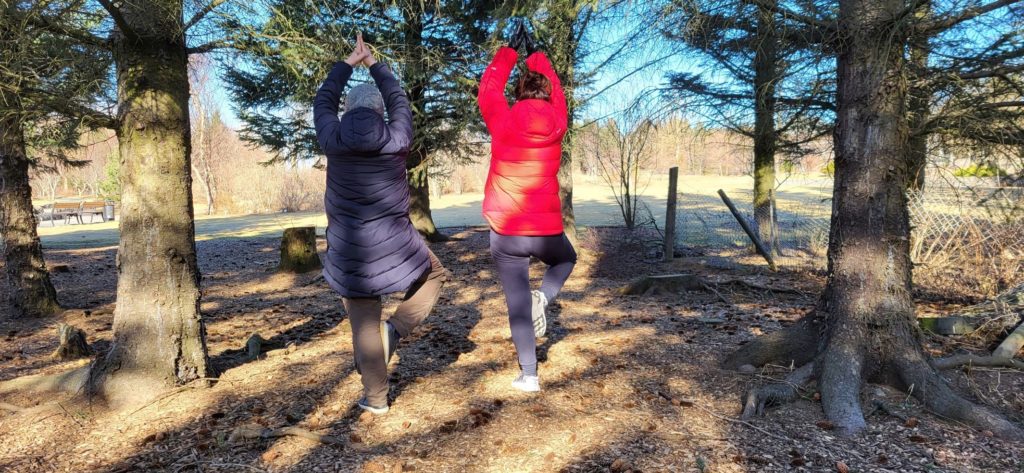Haldið í samstarfi Brunavarna Árnessýslu, Garðyrkjuskólans – FSu, Skógræktarinnar og Verkís
Námskeiðið er öllum opið, hentar sérstaklega bændum, skógareigendum, sumarhúsaeigendum og öðrum sem eiga land sem eldur getur brunnið á og ógnað verðmætum.
Á námskeiðinu verður fjallað um hvaða lög og reglugerðir gilda um brunavarnir á skógarsvæðum og í sumarbústaðalöndum. Kynnt verður vefsíðan www.gróðureldar.is. Skipulag skóga og ræktaðra svæða með tilliti til brunavarna. Varnarsvæði – hvers konar gróður er á slíkum svæðum. Fjallað verður um mikilvægi vega og slóða á ræktuðum svæðum og gott aðgengi að vatni.
Er trjágróður miseldfimur? Hvað töpum við miklu kolefni ef hann brennur? Er hægt að tryggja tré/skóg? Sagt verður frá þeim búnaði og aðferðum sem nýtast við að ráða niðurlögum gróðurelda. Næsta slökkvilið, hvaða búnað hefur það til umráða? Eru öll slökkvilið eins útbúin? Hver eru fyrstu viðbrögð við gróðureldum, hvað þarf að vera til staðar í sumarhúsinu/á svæðinu? Skiptir máli hvernig gróður er næst mannvirkjum?
Í lok námskeiðs verður komið við í Slökkvistöðinni í Hveragerði og búnaður skoðaður.
Kennarar: Dóra Hjálmarsdóttir Verkís, Hreinn Óskarsson Skógræktinni, Pétur Pétursson Brunavörnum Árnessýslu, Björgvin Örn Eggertsson Garðyrkjuskólanum – FSu.
Tími: Lau. 1. apríl kl. 09:00-12:10 hjá Garðyrkjuskólanum á Reykjum, Ölfusi.
Verð: 12.600 kr. (Kaffi og gögn innifalin í verði).
Skráning: Í netfangið gardyrkjuskolinn@fsu.is
Skráning til 28. mars.



Nýlegar athugasemdir